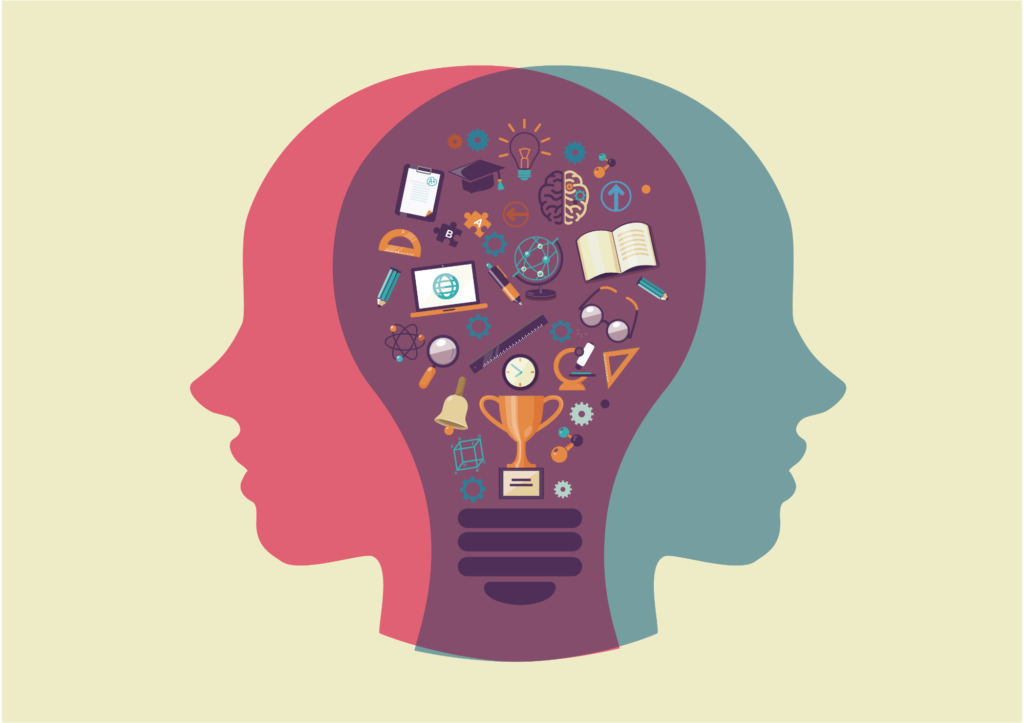Sex
- Home
- Sex
The Fundamentals of Sex
Sexual behavior is diverse, with individuals engaging in it for various reasons, including attraction, intimacy, pleasure, and bonding. As the pioneering sex researcher Alfred Kinsey noted, variability is the only universal aspect of human sexuality. Sexual desire, much like other human instincts, plays a vital role in the survival of the species, though its intensity and expression may fluctuate throughout a person’s life due to external pressures and relationship dynamics.
Sex serves numerous purposes beyond reproduction, such as fostering feelings of desirability, maintaining connection, and enhancing closeness with a partner. It can also be a source of personal growth and healing. However, discussing sexual needs and preferences with a partner can be difficult, as bodies, desires, and interests evolve over time. Many individuals face sexual challenges at different points in their lives, making open communication crucial for maintaining intimacy and satisfaction in a relationship.

How Does Desire Emerge?
Sexual desire is a complex blend of biological and psychological factors that can manifest differently in men and women. For men, arousal typically occurs first, followed by desire. In contrast, for women, desire often precedes arousal, which is influenced by emotional connection, physical intimacy, and an environment free of distractions.
Researchers examine how biological influences, such as neurohormones, and psychological factors, like emotions and relationships, contribute to sexual desire. One subtle yet significant factor is scent: studies show that women are often attracted to men whose natural body odor or pheromones signal a genetic profile distinct from their own.
Low sexual desire is common for both men and women. It can often be addressed by improving communication, fostering affection outside the bedroom, and ensuring ample time for intimacy.
To learn more, see: Sexual Attraction and Desire and How Men and Women Think About Sex.
The Pleasure of Sex
The pleasure of sex is driven by the release of neurochemicals like oxytocin and dopamine, as well as the emotional connection created through touch, cuddling, and intimacy. There’s no single way to experience sexual pleasure, as individual preferences and desires vary widely. For example, men are often more visually stimulated, with many young men reporting regular use of pornography.
Today, many couples engage in sexual behaviors that were once considered unconventional, such as dominance play and anal intercourse. Researchers now recognize that having a flexible and varied sexual repertoire can be beneficial for relationships. Clinicians only consider certain behaviors problematic when they cause harm, distress, or become compulsive.
“Sex addiction” is often viewed through moral or religious lenses, and studies suggest it’s more about societal judgments than actual sexual behavior.
To learn more, check out resources on Arousal, Orgasm, and Post-Coital Behavior and Hookups and Casual Sex.

How Does Sex Change Over the Lifespan?
Sexual behavior evolves over time, and the changes can differ between men and women. In the early stages of life, young women may struggle with cultural attitudes surrounding promiscuity as they explore their sexuality, while older women gain confidence and improve communication around their needs and desires. Young men, on the other hand, may deal with performance anxiety, concerns about penis size, or premature ejaculation. Anxiety can be a barrier for both genders when it comes to performance.
Couples often report that their sex life is most active in their 30s and 40s. However, many find that sex becomes most deeply rewarding in later years. Older partners may adjust by shifting away from reliance on penile penetration and exploring more satisfying forms of intimacy, such as massage, whole-body touch, and oral sex. These changes show that fulfilling sex can continue throughout life by adapting to the natural changes that come with age.
To learn more, check out Sex in Long-Term Relationships and Sexual Concerns.
What Are the Different Sexual Disorders?
Sexual behaviors and preferences are generally considered part of healthy sexual activity. However, certain behaviors become problematic and are classified as sexual disorders when they cause significant distress, harm others, or turn compulsive. Some recognized sexual disorders include erectile disorder (erectile dysfunction), orgasmic disorder (difficulty reaching orgasm), and genito-pelvic pain/penetration disorder (severe pain during penetrative sex). Paraphilias such as pedophilia and fetishistic disorder arise when sexual arousal depends on disturbing or extreme fantasies or behaviors.
For more information, see Sexual Disorders and the Diagnosis Dictionary.






